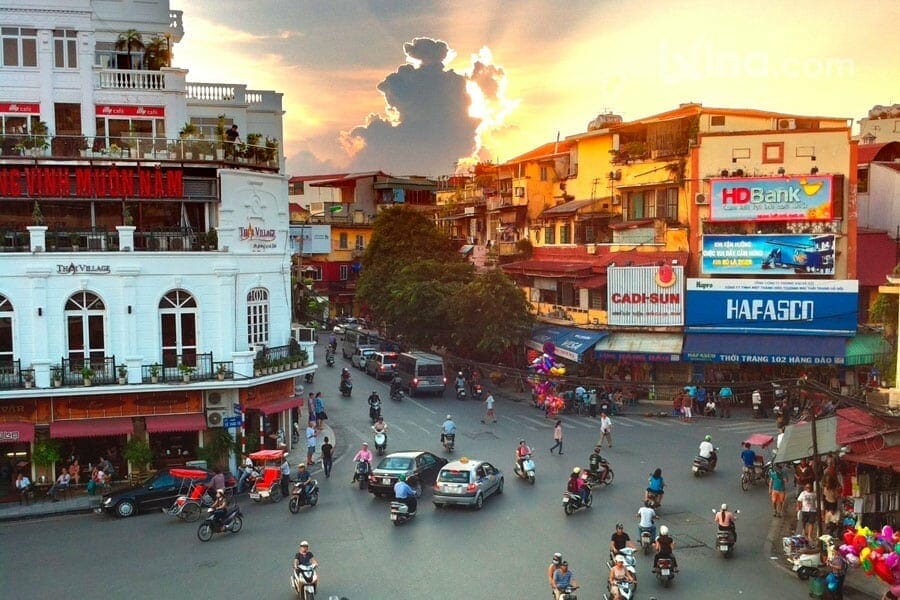The Humankind Jaunt & Touristry Council (WTTC) announced the begin of the 3rd of 4 quarterly reports about Japan’s effort for the traveling and tourism industry  people the Tohoku Tsunami in Nippon this gathering.
people the Tohoku Tsunami in Nippon this gathering.
According to the report, “The Tohoku Pacific Earthquake and Tsunami: Impact on Travel & Tourism – Update December 2011,” Japan’s tourism industry has rebounded strongly in the second half of 2011 and more rapidly than previously expected.
The first report, launched at WTTC’s Global Summit in Las Vegas in May 2011, set 3 recovery scenarios and suggested that the overall impact of the earthquake and tsunami could range from a reduction of ¥0.9 trillion (low impact scenario) to ¥1.9 trillion (high impact scenario) in travel and tourism’s contribution to Japan’s GDP in 2011.
In WTTC’s second Japan update report in September 2011, analysis of tourism data showed that the recovery was in line with the low impact scenario, and more recent analysis shows that domestic and outbound tourism is now back to pre-March 2011 baseline, with inbound well on the way to recovery.
Updated scenarios, based on this most recent data, suggest that the total negative impact of the earthquake and tsunami on travel and tourism’s contribution to Japan’s GDP will be roughly ¥0.7 trillion and confined largely to 2011 (less than even the most optimistic “low impact” scenario produced in the immediately after the disaster).
Data from the Japan National Tourism Organization and STR Global also suggest that Japanese domestic and outbound tourism has recovered “losses” to levels consistent with or better than forecasts made prior to the earthquake. Due to the dominance of domestic tourism relative to inbound tourism, this implies that total Japanese travel and tourism demand and GDP will have recovered by the end of 2011. For the year as a whole, there is a noticeable negative effect, but this should not have any lingering impact in 2012. This recovery can be attributed to the speed of the restoration of basic infrastructure immediately after the earthquake and has been supported by the ongoing appreciation of the yen.
Furthermore, airline data from Japan Airlines and All Nippon Airways suggest a quicker recovery in demand for long-haul destinations than for travel to other Asian destinations. This is in contrast to the inbound trends and may be due to a fundamental change in the pattern of demand.
Inbound travel has yet to fully recover, and for 2011 as a whole, foreign visitor arrivals are expected to be around 25 percent lower than in 2010. Arrivals continue to be in line with WTTC’s previous low impact scenario, which states that international tourist arrivals will recover in numbers by early 2012.
This is partly the result of growth in short-haul arrivals, by October arrivals from Hong Kong, China, and Taiwan were back to, or above, October 2010 levels and backed by strong performance in the Indian and Thai markets, although the latter has dropped off due to the severe flooding in Thailand.
For long-haul markets, and especially European sources, the trend over recent months also appears to have been upwards, but improvement has been slower partly due to the eurozone debt crisis as well as some residual nervousness regarding nuclear safety.
David Scowsill, President and CEO, WTTC, stated: “Nine months after the devastating earthquake and tsunami, which hit northeast Japan, the country’s tourism industry has exceeded even the most optimistic forecasts and is well on the way to recovery. Japan has been doing a great job, in particular with marketing efforts, both internally and externally, and has reminded the world of the unique products Japan has to offer.
“However, there is still some work to be done in attracting previous levels of international visitors, particularly from long-haul markets where there may be residual nervousness regarding the nuclear situation and where economic strife continues. WTTC’s 12th Global Summit, to be held in Sendai and Tokyo on April 16-19, 2012, will showcase Japan’s recovery and bring world travel and tourism leaders together to demonstrate that Japan really is open for business.”
The final Japan update report will be a “one year after” review launched in March 2012.



